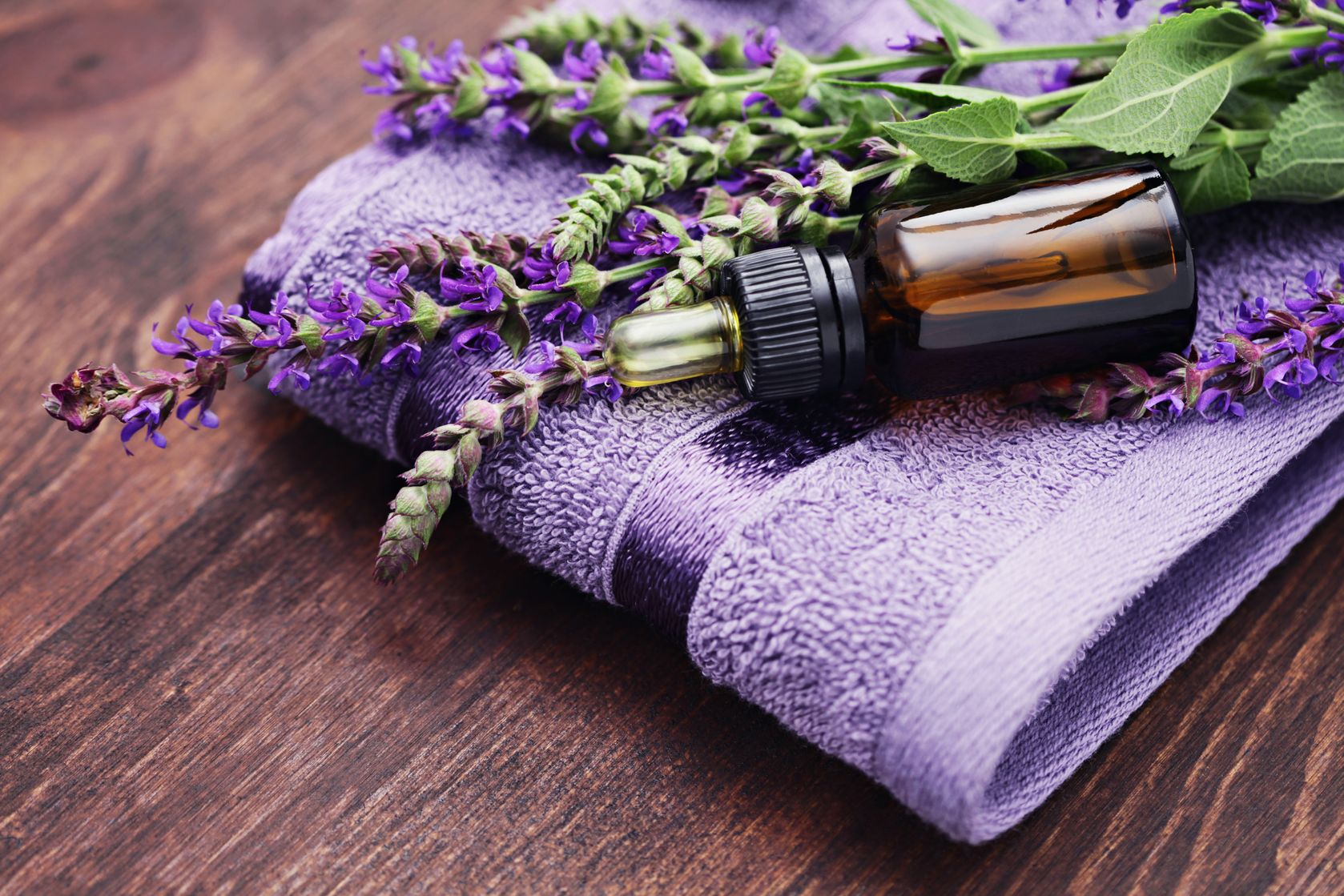Essential oils consist of volatile, aromatic chemical compounds extracted from plants. The diverse compounds that make up these plant extracts—alcohols, aldehydes, ketones, phenols, terpenes, sesquiterpenes, ethers, and esters—exert multiple physiological effects, ranging from antioxidant, antimicrobial, and anti-inflammatory activity to immune system regulation and central nervous system stimulation and sedation. The power of essential oils to balance so many biological processes may’ve inspired the belief of some aromatherapists that the extracts embody the life force of plants.
The routes through which essential oils react with the body and its metabolic processes are called pathways. The most important pathway, in terms of its impact on the body, is our sense of smell. When we smell essential oils, their vapors stimulate small hair-like extensions of our olfactory nerve. The olfactory nerve is the only nerve in the body that directly connects stimuli from our external environment with the surface of the brain. All of our other senses (touch, hearing, sight, and taste) interact with several nerves and synaptic junctions before the information they carry reaches the brain. The olfactory nerve stimulates the most primitive part of the brain known as the limbic system, also called the reptilian brain. This part of the brain plays a central role in our emotional responses and in the emotional content attached to our memories.
Essential oils also interact with the body through the epithelial tissues; these include the skin and the mucous membranes lining the nasal passages, bronchioles, lungs, and gastrointestinal tract. The oils will have a strong effect on these primary contact tissues and pathways. Once absorbed into the surface layer of these tissues, essential oils quickly enter the circulatory and lymphatic systems. The lymphatic system can either carry the oils directly to the liver or feed them into the bloodstream. As the blood circulates the oil throughout the body, our tissues and organs absorb the constituents they require to optimize their metabolic processes and balance their functioning.
Our elimination processes serve as the third pathway for essential oils. Some of the oil’s components are picked up by the surface of the lungs and released as a vapor when we exhale. For example, when eucalyptol (an alcohol in eucalyptus oil) travels to the lungs surfaces via the bloodstream, it exits the respiratory system as a vapor that calms the mucous membranes. Other components, such as the terpenes in juniper berry oil, are filtered out by the kidneys and serve to stimulate the renal tissue, ureters, bladder, and urethra as they exit. Some constituents of essential oils are extracted by the liver, held briefly in the gall bladder, and dumped into the GI tract, significantly affecting the functioning of these organ systems as they pass through. For example rose oil can stimulate bile production as it is processed by the liver. Compounds that migrate toward the skin exit via the sebaceous glands and become part of the skin’s protective acid mantle. Components of yarrow can increase perspiration as they are excreted.
These direct connections between essential oils and the organ systems that mediate our health and well-being explain why they can have such a profound and immediate effects on some of the deepest aspects of the self. Research indicates that only tiny, almost homeopathic quantities of these oils are needed to achieve meaningful results. Larger doses do not increase the response appreciably.
Disclaimer
The sole purpose of these articles is to provide information about the tradition of Ayurveda. This information is not intended for use in the diagnosis, treatment, cure, or prevention of any disease.



